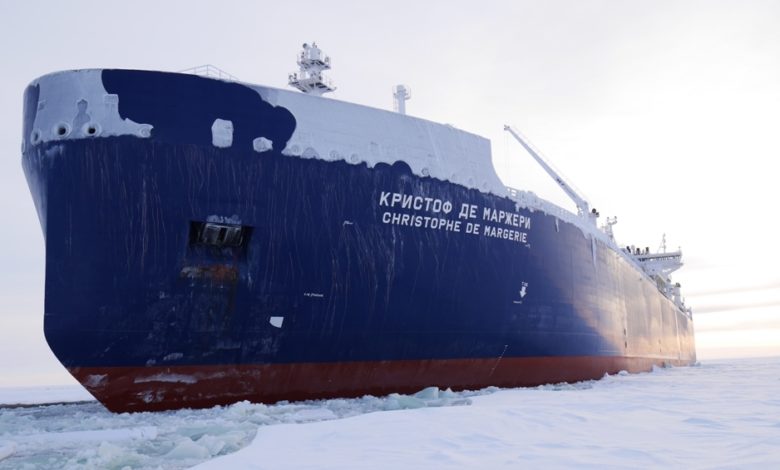Closure of gas pipeline alters Europe's energy mix further
Source:splash247.com
2022.05.12
4404
Gas flows into Europe from Russia were put under further pressure yesterday after a key pipeline in Ukraine called Sokhranivka was closed in the latest great shift in the global commodities trading map as the war in eastern Europe enters its 12th week.

Bulgaria and Poland are already cut off from Russian supplies and with the key transit Sokhranivka pipeline now closed, up to a third of Europe’s gas supplies could be disrupted, according to analysis from Rystad Energy.
“The knock-on effect of removing a further pipeline from Europe’s gas grid and the loss of 10 mcm/d of gas flow per day will make it harder for countries to meet their storage targets and hasten Europe’s plans to move away from imports of Russian gas,” Rystad Energy analyst Zongqiang Luo wrote in an update yesterday.
European nations have been busy investigating alternate supplies of gas in the wake of Russia’s invasion of Ukraine with demand for floating storage platforms notably on the rise.
European Union officials are still trying to get all 27 member nations to agree to a phase out of Russian oil to go alongside existing coal bans put in place as the continent radically shifts its energy mix to wean itself off Russian supplies.
Out of the Black Sea, the changed grain shipments picture is becoming increasingly clear. According to S&P Global Market Intelligence, total seaborne agribulk shipments from the Black Sea region during April declined 35% to 4m tons year-on-year. India is one of the nations stepping up to increase grain exports in the wake of Ukraine’s war woes.
Seaborne agribulk shipments from the Black Sea region are forecast by S&P Global Market Intelligence to decline 37% year-on-year to 11.2m tons in the second quarter of 2022, and 20% year-on-year to 83.9m tons in full 2022 with the United Nations warning of food shortages as a result of the closure of all Ukrainian ports since the war began.
Grain from Ukraine is still heading to international markets, however, both legally via Romania and Bulgaria and illicitly on Russian-flagged ships. The Ukrainian Ministry of Defence has said a number of vessels have headed to the Middle East with stolen grain.
Satellite photos analysed by the Associated Press show that a Russian ship believed to be carrying 27,000 tons of stolen Ukrainian grain docked in Syria earlier this week.
The photo taken Tuesday by Planet Labs showed the Russian-flagged Matros Pozynich moored at Latakia port in Syria. The ship is owned by Russian firm Crane Marine Contractor. It had previously been denied entry into Egypt.
Meanwhile, in Romania, where the port of Constanta, is acting as Ukraine’s most import grain export hub, the government in Bucharest has has come up with two projects to unblock road traffic and facilitate the flow of cargo to the port.
First, it plans by the end of the year to have fixed up 95 railway lines dating back to the communist era, blocked for years by hundreds of rusting wagons.
The Transport Ministry is also seeking bids for work to re-open a 5 km railway line to connect Giurgiulesti in Moldova to Galati on the Danube, in eastern Romania.
Since the war started Constanta has seen a large influx of bulk carriers calling, with MarineTraffic data showing more than 30 ships waiting for cargoes there this morning.
Elsewhere, in the rapidly changing global commodities trading map, it has emerged that China’s imports of Russian metallurgical coal, a key feedstock for steelmaking, hit a record in April. A record 1.37m tonnes of seaborne Russian coking coal arrived in China in April, a near doubling over the same period last year.
In the tanker trades, the dislocation in the markets was something discussed today by Hugo De Stoop, the CEO of Euronav, who was unveiling his company’s first quarter results.
“The conflict in Ukraine has driven considerable dislocation in tanker market freight patterns as sanctions and so-called self-sanctioning by market participants has driven ton-mile growth. The uplift to freight rates continues to have momentum as oil supplies have increased driven by higher prices, OPEC+ production rising and strategic reserve releases,” said De Stoop, the head of one of the world’s largest tanker owners.


